#Palaui Island
Text


Japanese Battleship Ise (伊勢, Ise Province) underway and firing her main guns, during the Battle of Leyte Gulf.
The photo was taken by a U.S. Navy plane from USS Essex (CV-9), near Cape Engaño, Palaui Island, Philippines.
Date: October 25, 1944.
USNNMNA: 1983.046.010.049, 1983.046.010.052
Colorized by Irootoko Jr: link
#Japanese Battleship Ise#Battleship Ise#Ise#Ise Class#Japanese Battleship#Battleship#Dreadnought#warship#ship#boat#Battle of Leyte Gulf#Cape Engaño#Palaui Island#Philippines#Imperial Japanese Navy#IJN#World War II#World War 2#WWII#WW2#WWII History#History#military#military history#my post
38 notes
·
View notes
Text

Cape Engaño.
An abandoned lighthouse with this kind of view.
Palaui Island
10 notes
·
View notes
Text
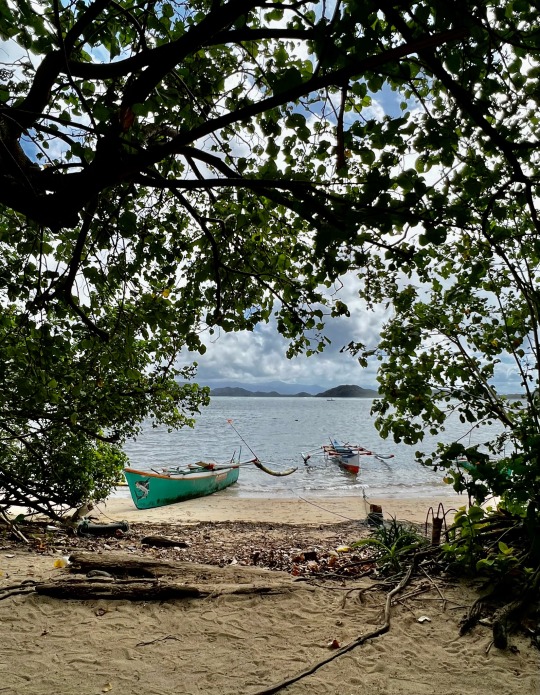

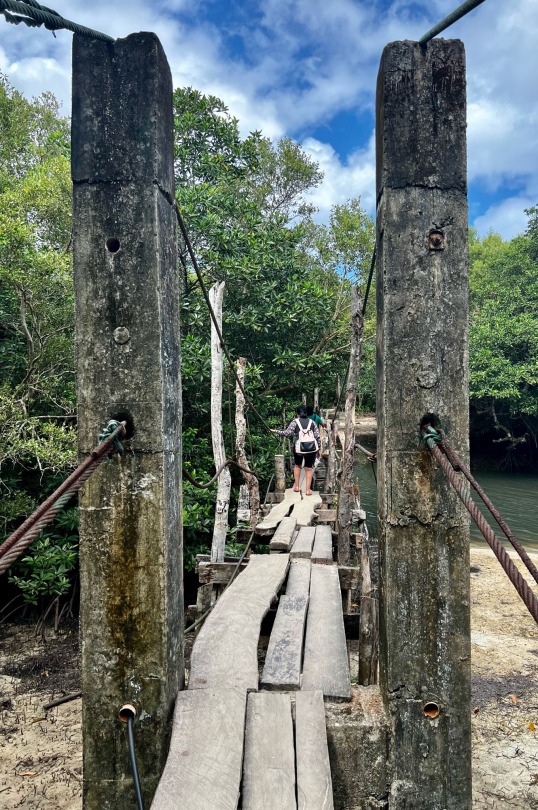
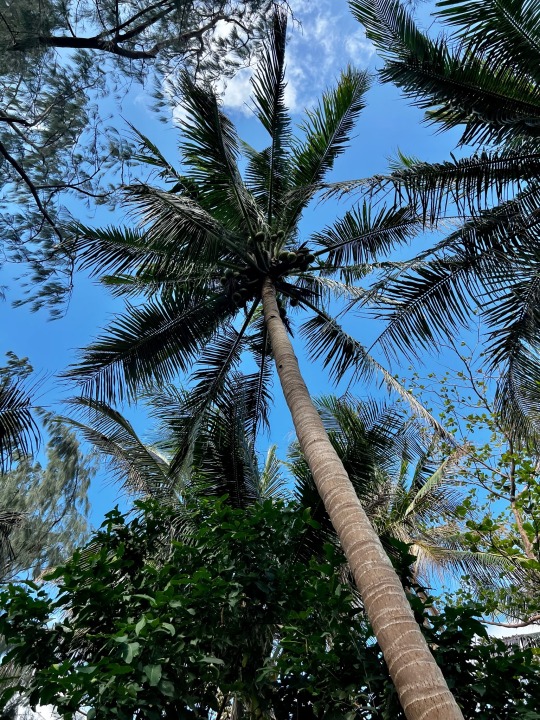
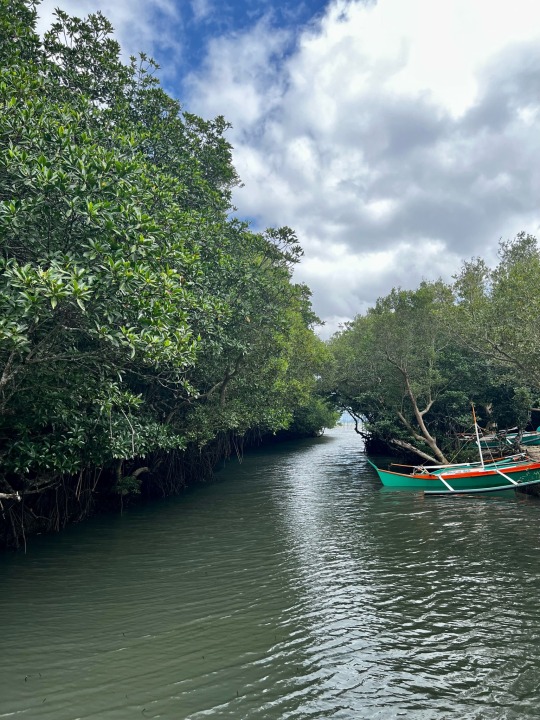
Punta Verde, Palaui Island
#palaui island#cagayan province#island hopping#nature hikes#trekking#iphone 13 pro max#weekend#roadtrip
8 notes
·
View notes
Text
Cagayan Valley: Overview of Provinces
Traveling to Cagayan Valley is generally safe, but as with any destination, it's important to stay informed about the local situation, follow travel advisories, and take standard precautions. Always check the latest travel advisories from the country and local government for any safety concerns, such as weather conditions or political situations.
Overview of Provinces
Batanes- the northernmost province of the Philippines, Batanes is known for its breathtaking landscapes, rolling hills, and traditional Ivatan stone houses.
. Unique Places to Visit:
. Basco Lighthouse: Offers stunning views of the surrounding sea and countryside.
. Marlboro Hills: Known for its rolling grasslands and scenic views.
. Sabtang Island: Famous for its traditional stone houses and scenic landscapes.
. Chamantad-Tinyan Viewpoint: Offers panoramic views of the rugged coastline.
Cagayan- located in the northeastern part of Luzon, Cagayan is known for its rich history and natural attractions.
. Unique Places to Visit:
. Callao Cave: Notable for its natural rock formations and the Chapel within the Cave.
. Palaui Island: Offers pristine beaches, hiking trails, and the Cape Engano Lighthouse.
. Portabaga Falls: A popular spot for swimming and picnicking.
Isabela-the second largest province in the Philippines by land area, Isabela is an agricultural powerhouse known for its rice and corn production.
. Unique Places to Visit:
. Magat Dam: One of the largest dams in Southeast Asia offering water sport and scenic views.
. Our Lady of the Pillar Parish Church: A historic church located in Cauayan City.
. Fuyot Springs National Park: Known for its natural spring and caves.
Nueva Viscaya- located in the heart of Luzon, Nueva Vizcaya is often referred to as the "Citrus Capital of the Philippines" due to its abundant citrus farms.
. Unique Places to Visit:
. Capisaan Cave System: Known for its beautiful rock formations and underground river.
. Imugan Falls: A tranquil waterfall perfect for hiking and nature trips.
. Mount Pulag: Offers stunning views and is a popular destinations for trekkers.
Quirino- a landlocked province known for its rugged terrain and rich natural resources, making it a haven for outdoor enthusiasts.
. Unique Places to Visit:
. Governor's Rapids: Famous for its limestone formations and white-water rafting.
. Nagtipunan Church: Known for its unique architecture.
. Aglipay Caves and Campsite: A popular destination for spelunking and camping.
Unique Features
. Batanes stands out with its untouched beauty and distinct Ivatan culture which is different from the rest of the Philippines.
. Cagayan offers historical sites and natural wonders like caves and islands.
. Isabela is notable for its agricultural significance and large dam.
. Nueva Vizcaya boasts natural parks, waterfalls, and diverse flora and fauna.
. Quirino is perfect for adventure tourism with its caves, rapids, and rugged landscapes.
Each province in the Cagayan Valley has its own unique charm and attractions, making the region a diverse and interesting area to explore.
Thank you for reading. Until next time, salamat and see you soon!



#cagayan valley#region#batanes#nueva vizcaya#isabela#quirino#cagayan#northeastern#places to visits#spotify
0 notes
Text
Unveiling the Exquisite Splendor of Palaui Island: The Finest Attraction in Cagayan Valley
0 notes
Text
My Idyllic Camotes
Camotes island in Cebu will always have a special corner in my heart. I went there not in the best of conditions, emotionally and psychologically, but came back stronger and with more than I expected.
The trip was a consequence of a Child Rights training racket which was referred to me by a friend. It would entail giving a comprehensive seminar to the island’s local government officials and community leaders. It was for at least a week, 3 batches of 2-day sessions. And I was to be hosted at the only completed and furnished “resort” which had a beach-front view.
The trip was like the classic “plane, train and automobile” kind. Only, I went by plane, boat and motorcycle to reach my final destination. My travel began with an early morning flight from Manila to Cebu. Upon landing, I needed to catch the first boat from the nearby pier to the “big” Camotes Island. I wasn’t told there was a much faster hydrofoil fastcraft available, so I took the wooden inter-island boats which are critically filled to the point of overloading before launching off. I reached one end of the Island from mainland Cebu, but still had to do a “cross-country” island motorcycle ride to the other end of the big island.
I learned later that the hydrofoil went to the other big island – for Santiago or San Francisco-bound tourists only, but I needed to go to Tudela in Poro to get to the other island of Pilar. I was met in Tudela by a couple of volunteer Moms from Kawit, and was directed to waiting motorcycles nearby. This “habal-habal” was commissioned for our “special” trip. Still, it’s 3pax to a motorcycle, driver included, and I had to share my ride with my assistant-companion Doray while the 2 Moms rode the other one.
Over rough dirt roads we flew. It was a bumpy ride but “Kuya driver” deftly maneuvered his motorbike over potholes and slippery gravel. I thought my innards had a fine shaking already, but lo and behold, our rough rides weren’t over!
Having reached the end of Poro island, we jumped into a motorized banca to cross over to Kawit in Pilar, the last island of Camotes. And yes, that final leg was the worse! We faced big waves in the open sea crossing over to Pilar and our little banca sputtered along courageously. I have to admit, I experienced big waves island-hopping in Alaminos’ Hundred Islands and coming back from Sipaway island in San Carlos City, but those 20 to 30 minutes to Kawit were by far the longest half an hour of my life. (I would not have any other similar experience until we visited Palaui island in Sta.Ana, Cagayan years later…but that’s another adventure story.)
Enroute to Kawit, as our little boat crested wave after wave, I felt like vomiting but held my breath instead. It didn’t help that we were told to help bail out water that kept splashing into the banca. Seawind blowing, spindrifts flying into my face, I valiantly bailed out water while praying to high heavens to spare me a watery grave. I now understand adrenaline junkies, because you never feel more alive as when you are risking your life. There is also nothing like fear to get your head on right, because you begin thinking of what really matters most.
Finally, we reached the white sand beaches of Kawit. I got off the banca into the clear waters teeming with small fishes. My knees were still all wobbly, but I was amazed by the natural beauty of the place. There was none of the dark gray sand of the Northern Luzon beaches I grew up with. These white sand beaches are rare in the coastal provinces of my childhood and I only remember them from distant places like Bolinao in Pangasinan and Pagudpud in Ilocos Norte. I guess the Visayas has more of them because they have a multitude of islands in an area constantly battered by typhoons and strong waves, pulverizing corals and seashells alike to form these wonderful bleached grains.
I didn’t really have much in terms of expectation, I knew it was a poor community, not yet developed as proven by the rough roads and limited forms of transportation available. While there was electricity on the island, it was not stable or regularly supplied yet. Residents are still compelled to have generators for light and power. And the “resort” itself was still unfinished, except for a few rooms, a large common activity area, and a small store for snacks or basic necessities. Fortunately, there was airconditioning in the room and freshwater supply in the private toilet/bath. Those were my bare minimum requirements and was content enough with our accommodations.
Happily, I was also informed that my regular Coke or Pepsi was available at the resort store should I want it. It’s my only vice and I usually need a softdrink when I do my lectures and talks. While there was no cable TV, the typical island entertainment was drinking and videoke. Since I was allergic to alcohol, I turned to a nightly concert with some of the villagers instead. Surprisingly, after lecturing the whole day, my voice was still good for some singing.
There were other perks of course. I had a beachside view everyday from the moment I woke up, to the whole-day seminar sessions we conducted. Gentle seabreezes blew in fresh air and there were enough island vegetation for some shade. There were fruit-bearing trees like coconut, mangoes, santol, star-apple, and edible shrubs like bananas, papaya and cassava. I enjoyed spectacular sunsets and was lulled to sleep by the sound of waves rushing to shore as the tide came in. Towards the middle of the island, I was told there were caves and mini-waterfalls. Unlike other islands, Pilar island is self-sufficient because it had a fresh water source from its mountains. In fact, in the other big island, there was an actual freshwater lake – Lake Danao.
I had enough time for a morning swim each day, so I took full advantage of it. I walked the beach each day, the sand still littered with corals, seashells, starfish, and brittle-stars. Crabs and an occasional sea urchin threaten my feet on the sand, but those colorful tropical fishes kept me company during my swim. Blue, green, and yellow fishes zoomed past me as I snorkeled at the nearby rocks. And you just know these are still genuine, unadulterated beaches because the white sand are not yet powder-soft in some places, granulized corals and shells are still quite visible and unfortunately hurt your bare feet. Knee-high water has small fishes swimming about because of the seaweed growing abundantly near the shore. Nearby, mangrove areas are still preserved providing safe haven for other sea creatures to grow their young. This apparent care of preserving the island’s natural resources significantly contribute to the island-community’s self-sufficiency.
Had I not been allergic to half of the seafood offerings, it would have been a culinary heaven. I could not enjoy the shrimps, prawns, crabs, or lobsters they offered. I did try the grilled giant squid or “lumot” just to be polite and because I knew I reacted least to it. Nevertheless, I quickly chased it down with Coke and my antihistamine medicine just in case. I did enjoy the freshest of seaweed in all its varieties – stringy, worm-like, grape-type. I tried the different kinds of clams, mussels, scallops, oysters, and other mollusks I wasn’t familiar with. There was even a unique edible seashell from the conch family which they said was a real delicacy because it was seasonal. The deep-sea fishes were also a real treat. They are really tasty and flavorful compared to freshwater fish. There is what the locals call “isdang-bato” which are monstrous-looking with their protruding jawlines and really sharp teeth. They look like they came straight from Jurassic Park and I am even afraid to eat them because they look like they’re the ones about to eat me. Some are really scaly and perfect for grilling, while the smooth-skinned ones are good for soup-based dishes.
Sometimes, some of the villagers would bring back some bananas, guavas, mangoes or santol to pass around and eat during the afternoon sessions. It was more than as snack but a way of staying awake as well, because there was no overflowing coffee or candies in these parts. They would leave a bunch of these goodies for me at the end of the day, and sometimes they were good for a midnight snack or just something to munch on while doing the nightly videoke.
Initially, I thought the change of scenery was great for my physical well-being. I was getting some fresh air away from the city pollution, some sunshine instead of being locked-up inside the office everyday, and regular exercise with all the morning swimming I was doing. I was also getting a healthier diet of fresh fish and native chicken instead of all the harmful meats and cold-cuts which were my staples back home. But there was more than the unhealthy food I was eating that was actually making me unwell back home, of course. Home life just wasn’t as conducive to a positive mindset and I was feeling unappreciated and taken for granted. Unconsciously, I was treating myself the same way and was not taking care of my health.
On this distant island, the people were treating me better than any five-star resort-hotel. I actually felt like royalty even with the humble accommodations I had because of how the people valued my well-being. They would tell me what fresh fish would be available because the returning fishermen gave us first dibs. Then women would ask how I would like it cooked and would recommend different styles and carefully explain to me why its best grilled, soup-based, and kinilaw or ceviche. Occasionally, a group would come by and offer the freshest seaweed they gathered. The mothers once made their kids collect the famed seasonal mollusk as special fare so I can taste it. I loved the regular, friendly interaction with the locals. I was learning from them just as they were learning everyday from my lectures. Neither of us were taking each other for granted, and we both considered our meetings and conversations as significant. But none was as life-changing as speaking with the person who would remain on my mind long after I had departed from the island – the resort owner’s youngest daughter who took care of us during our stay.
After lunch, after each morning session, I would ask her for a bottle of Coke or Pepsi at her small refreshment shack before starting my next lecture. After the second day, she would automatically hand me a cold bottle of Pepsi after my lunch. I smiled at her anticipating my needs like that. It was the first time in a long time that someone seemed to be paying attention to me.
There were times she would join us for the videoke singing, not drinking alcoholic beverages herself. We would talk for hours about life on the island, its unspoiled beaches, many undiscovered touristy spots, including the difficulty of travel via the scheduled boat rides and its accompanying dangers at sea. It was the first time I heard about the “pito-pito” myth, where islanders believe bad weather usually takes 7 days or 7 weeks, and you have no choice but get stuck on the island. I told her of my work, how I got there doing what I was doing, seemingly simple and altruistic considering my impressive education at the country’s State university. She thought me kind and smart, and I thought she was refreshingly cheerful and quite sexy in her pajamas or jogging pants which she opted to wear to avoid mosquito bites. Yes, some of the vegetation and dark corners also attract mosquitoes even with the seabreeze blowing.
Soon, I was waking up at dawn not just for sunrise, but to see her drive up on her motorbike and prepare the resort for the day’s activities. She would turn-off the generator or check if it still had gasoline, check the watertank if there’s enough supply for our morning showers, and turn off all the other safety lights around the resort. I noticed she would purposedly pass by our room and I began to time my exit from my room so I would also catch her walking by. She would watch out for me like a lifeguard while I take my morning swim. On rare occasions, she would join me combing the beaches for seashells and starfishes to throw back to the sea. And once, I was nipped by a hermit crab which I mistakenly picked up as an empty shell, and she laughed her lilting laughter. She repeatedly warned me to watch out for the sea urchins or “tuyom” which I might step on. I asked her about those weird starfish-like creatures which had long arms littering the beach and which turned out to be brittlestars. On those blissful early mornings, I was lucky enough to see an actual sand dollar and even a squishy sea cucumber.
No matter how busy and tiring the day was, the view of the sunset by the beach always left me amazingly refreshed and envigorated. The fiery sky on the horizon, with its palette of red, orange, and yellow hues, signified the culmination of another meaningful and productive day. You cannot help but feel reflective, meditative even, but always grateful. I was beginning to remember what I was worth as a person again.
And as my week in Camotes began to wind down, she said she regretted not taking me around to the other spots worth seeing - the waterfalls and the inland caves. I, on the other hand, promised to come back because the island was so memorable for me. I was happy enough to have reached such a wonderful place and to have made new friendships.
She saw me off at the pantalan for the boat to take us to Ormoc, Leyte this time which was nearer at this point. From there, we were to take a ship back to Cebu.
Our goodbye was an awkward hug and simple peck on the cheek. But like that swing we danced during one videoke night, it seemed to promise something more. I couldn’t shrug off the strange feeling at this point because I remembered my weird dream about her. it was about her touching my feet (I am rather sensitive about having my feet touched), where she explained that “she was just checking how far this would take us”. I woke up so confused and wondering what the dream meant because I hardly knew her.
We texted all throughout my trip back to Cebu, trading messages on how much farther land was because the open sea scared me. Thankfully there was a cellphone signal at different points. By the time we were at the airport in Cebu, I somehow knew I was taking back more from Camotes. For that brief stint as a training facilitator, I was on my way to healing, to finding myself again. I found my way back by bravely moving forward with my heart.
0 notes
Photo


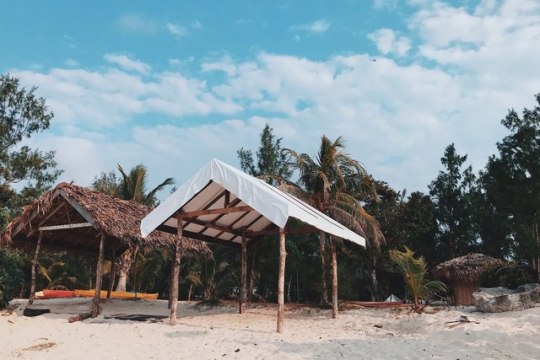







You know that thing when you’re getting old (yup, hello titohood), you easily get tired of noisy parties and rowdy crowd, and you just want a place where you can share your epic stories with the people closest to you. So in our quest to avoid the crowd in hopes of discovering totally off the path and more serene destinations, our journey had taken us to this otherworldly paradise situated north of Sta. Ana Cagayan that was Palaui Island. This jewel is a protected landscape and seascape and has been a Natural Reserve since 1994. Home to some of the most abundant ocean waters and captivating views, Palaui Island is set to leave you in awe for the rest of your life.
The view went from beautiful to breathtaking the higher we went. I was mostly alone during the hike up to the parola as I kept on pausing to look back and take a picture (read: I am a slow walker). Eventually, the two sides of Palaui Island came into view, the coral beach on the right and another smaller beach, blasted by enormous waves from the Pacific Ocean, on the left. And in between these, the rolling hills of Palaui Island. I gazed at the scene as a herd of carabaos was right on the cliff (i mean, how?!).
Sadly, the Cape Engaño Lighthouse is now in disrepair, with its two-foot walls doing the Angkor Wat routine—being eaten and reclaimed by wilderness in poetic slow motion. Besides the towering twin sentinels of an island dubbed as the Dos Hermanas, there’s nothing here but the full orchestra of the Earth; the gust of the wind, the massive sound of the crashing waves, and the full grandness of the ocean.
Lush, rough-hewn and deserted, Palaui exudes an ends-of-the-earth beauty.
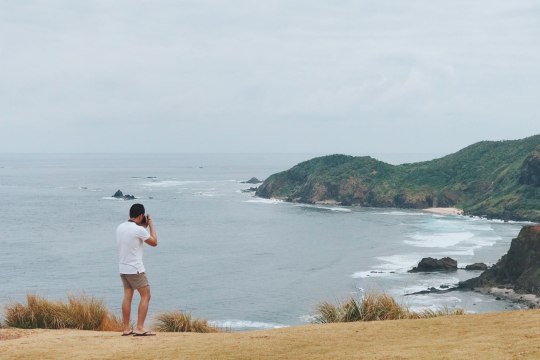
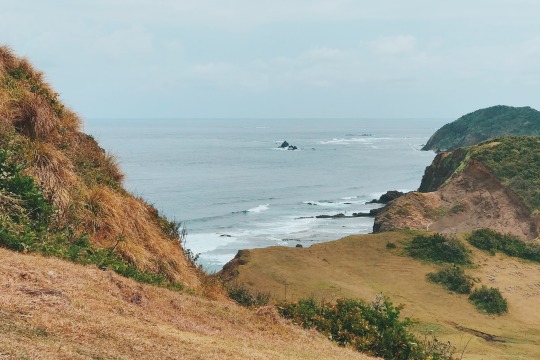

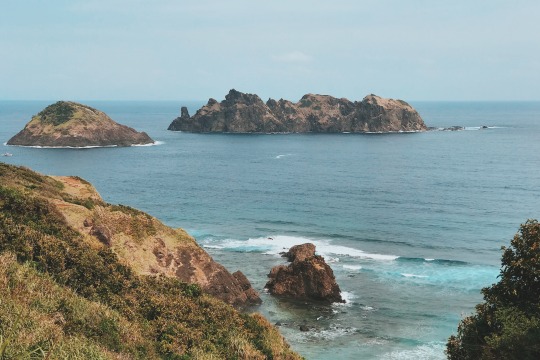




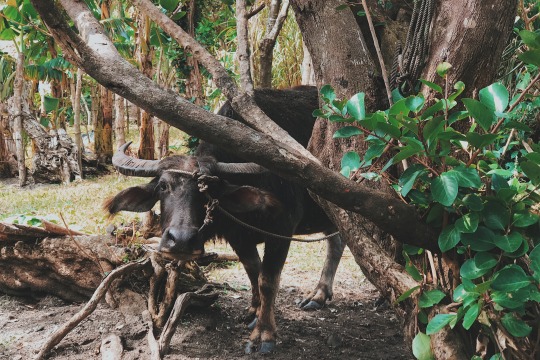

The trail to Cape Engano involved some light hiking passing inside a forest filled with marked trees and to a wide grassland with rolling terrain reminiscent of the landscape in Batanes. The highlight of the trail is what remains of Cape Engano, a lighthouse built during the Spanish colonization period, completed in 1898. (Note: Those who don't want to hike can opt for a boat ride from Punta Verde).
To cap off the day, our last destination is the Anguib Beach which is 40 minutes away from Cape Engano. It is actually not located in Palaui Island anymore but on mainland Cagayan. Among all the beaches we’ve seen so far (Punta Verde, Cape Engano Beach, Mabolbol Shore) in this trip, Anguib beach is most ideal for swimming. It boasts a long stretch of fine white sand and clear waters. Staying overnight in Anguib beach is also possible, just bring your own tent.
Palaui is a rural area of a fishing community with most homes powered only by generators and solar panel. Electricity in the island is not available at night so if you are planning to stay over, make sure to bring a power bank or fully charge your gadgets ahead. Despite Palaui only a sight away from Santa Ana, it is still advised to visit during the summer days of late March to May when seas are calm. Getting to the island would mean heading out to the open sea where waves can be wild and rough.


After this adventure, on the way to our hotel peeking through the windows, the road was eerily quiet as if it was already past midnight in this part of the world when in reality, it was still 7 in the evening. I guess this is what I missed about the life in the province – there is no need to rush.
Everyone can take a rest without feeling guilty like time is being wasted.
#original photographers#photographers on tumblr#photography#travel#cagayan#palaui island#vsco#lensblr#vsco film#Philippines
42 notes
·
View notes
Video
youtube
A 24 Hour Vacation in Palaui PH Island Part 1- Riding the Boats #vacatio...
2 notes
·
View notes
Photo

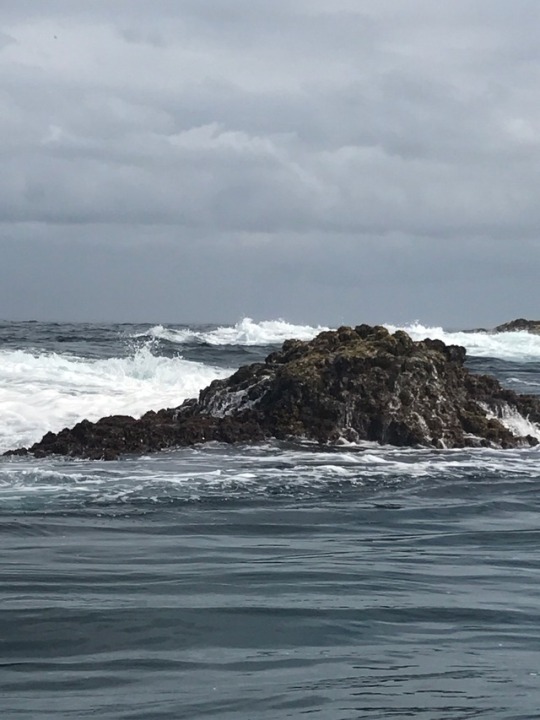




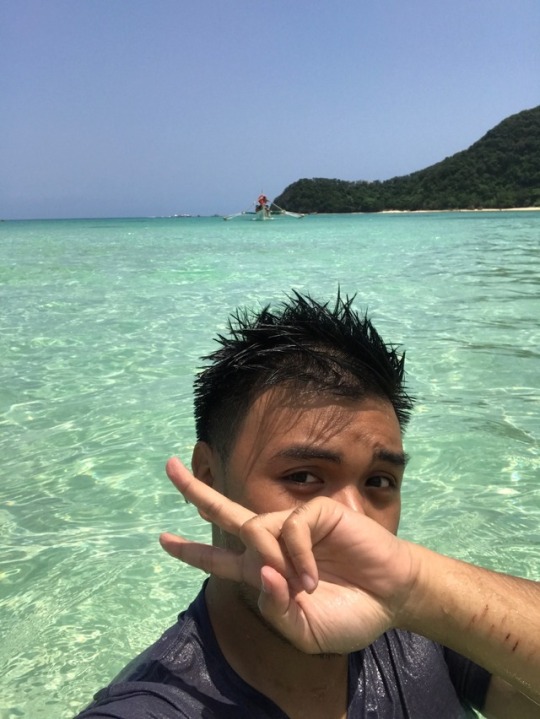



Day 3.1: Palaui, Ocean and Islets on the North End of Luzon
It was frighteningly beautiful. I have always been a lover of the ocean, and this time, we would be going against the tides on the northern end of Luzon. I can’t stop myself from imagining crazy things like what if at some point of the ocean, we would be finding a loophole in space and it would distort time and space which would unconsciously lead us to an alternate universe, or what if a giant sea monster came out, and those other kinds of idea. Haha.
Anyway, so for the third day of our backpacking adventure, we did island hopping in Palui with our motorboat. Of course, since there were only two of us, we had the whole motorboat on our own, and we didn’t need to catch up with the phase of other passengers.
We started going to Cape Engano Lighthouse. It was one of the oldest functional lighthouses in the country. It took us some uphill steps, but upon reaching the lighthouse itself, the whole view was majestic. We could see the islets and the vast ocean, and how the waves hug the shores, and how the sky kissed the waters. It was really breathtaking.
Our next destination was a calm peaceful clear-water beach known as Anguib. We took some time to splash into the waters, swim and float, and get some sunburns. The water was so clear and blue that it felt really refreshing to bounce in and out of the water.
Then, we headed to Punta Verde to hike up to their mini Balatubat Falls. Actually, the mother falls was hours up the mountain so we just decided to enjoy the really cool water and relaxing rush of the baby falls. We stayed there for quite sometime as the falling waters massaged our back with pressure. Haha.
After the falls, we went snorkeling on the diving site near Punta Verde. We had our fins, goggles and snorkels readied as the diver-guide toured us underwater. It was my first time so I was so amazed by the underwater civilization I saw. There were schools of fish swimming, and huge corals, and other various species. We even saw an open giant clam with its inner muscles, or whatever you call that, moving. Even thought it was straining to keep on swimming against the waves and having your body submerged into the water, the sight was really something to behold. We were even swimming together with the fishes. It was so so so beautiful.
Before going back to San Vicente Port, we headed to our last destination - Crocodile Island. The rock formation looked like a crocodile so there I was, imagining again that it was really huge crocodile but it was cursed so it was turned into stone. Oh well.
8 notes
·
View notes
Text

today's funky frog of the day: Platymantis cagayanensis!!! these frogs live on luzon island and palaui island in the philippines. they can often be found in mountain forests, and are unfortunately threatened by habitat loss.
photo by R. Brown
402 notes
·
View notes
Text





Let's swim?
8 notes
·
View notes
Text




📍Cape Engaño, Palaui Island
2/12/22
#cagayan province#palaui island#cape engaño#weekend#roadtrip#island hopping#iphone 13 pro max#nature hikes
5 notes
·
View notes
Text
Cagayan Valley: A Haven of Natural Wonders and Cultural Riches
Cagayan is a region in the northeastern part of the Philippines, comprising of five provinces: Batanes, Cagayan, Isabela, Nueva Vizcaya, and Quirino.
Location
Cagayan Valley is situated in the Cagayan River basin and bounded by the Sierra Madre mountain range to the east, the Cordillera Central to the West, and the Caraballo Mountains to the South. It faces the Luzon Strait to the north.
Capital
The regional center of Cagayan Valley is Tuguegarao City, which is also the capital of Cagayan Province.
Population
As of the 2020 census, the population of Cagayan Valley is approximately 3.7 million people.
Places to Visit
1. Callao Cave (Cagayan): Known for its beautiful rock formations and seven chambers.
2. Batanes: Famous for its stunning landscapes, traditional stone houses, and lighthouses.
3. Magat Dam (Isabela): One of the largest dam in the Philippines.
4. Saint Peter Metropolitan Cathedral (Tuguegarao): The largest church in Cagayan Valley.
5. Palaui Island (Cagayan): A beautiful island with pristine beaches and a historic lighthouse.
Sweet and Delicacies
1. Pancit Batil Patung: A noodle dish unique to Tuguegarao, made with miki noodles, egli, and various toppings
2. Kaleskes: A soup made from carabao innards, also popular in Tuguegarao.
3. Inatata and Binallay: Rice cakes traditionally prepared during local festivals.
4. Cagayan Valley Longganisa: A type of Filipino sausage known for its garlicky flavor.
Festivals (Festas)
1. Pavvurulun Afi Festival ( Tuguegarao City): Celebrated in August to mark the city patronal feast day, featuring parades, cultural shows, and food fairs.
2. Bambanti Festival (Isabela): Held in January, showcasing agricultural products, street dances, and giant scarecrow displays.
3. Panagdadapun Festival (Quirino): Celebrated in September, it highlights the cultural heritage of the province with various activities like street dancing and trade fairs.
4. Gawagaway-yan Festivals ( Echague, Isabela): Held in March, celebrating the agricultural bounty with street dances and cultural shows.
5. Ammungan Frstival (Nueva Vizcaya): Celebrated in May, highlighting the province's diverse cultures and traditions.
Cagayan Valley is rich in natural beauty, cultural heritage, and delicious cuisine, making it an interesting destination for travelers.
Thank you for reading. Until next time, salamat and see you soon.
#cagayan valley#northeastern part#philippines#places to visit#sweet and delicacies#pinoy#spotify#SoundCloud
0 notes
Photo

CROCODILE ISLAND Santa Ana, Cagayan #vitaminsea #islandhopping #crocodileisland #cagayan #cagayanvalley #lockdowndiaries #quarantinelife #quarantine #wander #wanderful #beach #beachlife #santaanacagayan #palaui #lifesabeach #beached #nangaramoanbeach #wanderfromhome (at Sta Ana Cagayan Province) https://www.instagram.com/p/COzimo-Hq7H/?igshid=186r6dwqjjohj
#vitaminsea#islandhopping#crocodileisland#cagayan#cagayanvalley#lockdowndiaries#quarantinelife#quarantine#wander#wanderful#beach#beachlife#santaanacagayan#palaui#lifesabeach#beached#nangaramoanbeach#wanderfromhome
2 notes
·
View notes
Photo

You can’t wait until life isn’t hard anymore before you decide to be happy. ☑️☑️☑️❤️❤️❤️ (at Cape Engaño, Palaui Island) https://www.instagram.com/p/CP8FqGOr9P_/?utm_medium=tumblr
1 note
·
View note